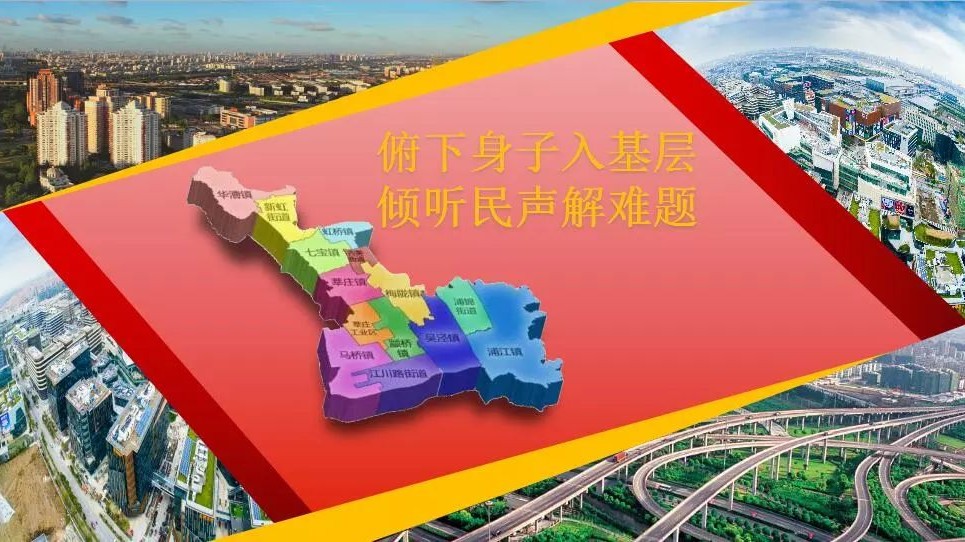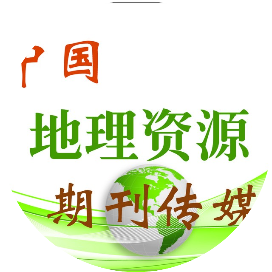Coupling Effect and Driving Mechanisms in High-quality
Development of Rural Tourism and Rural Revitalization
—Taking Hunan Province as a Case Study
LI Wei, JI Zuqiang, LIN Jin
乡村旅游高质量发展与乡村振兴的耦合效应及其驱动机制研究——以湖南省为例
李 为,季祖强,林 津
DOI: 10.5814/j.issn.1674-764x.2024.03.003
Rural tourism plays a crucial role in promoting rural revitalization and offers excellent opportunities for high-quality development. This study presents a coupling coordination model with Hunan Province as a case study. The model utilizes IAHP (Improved Analytic Hierarchy Process) and trophy-weighted TOPSIS (Technique for Order Preference by Similarity to Solution) to evaluate the dynamic evolution process of the coupling coordination between rural tourism and rural revitalization from 2010 to 2019. Additionally, it explores the dominant factors and driving mechanisms that impact the coupling of this system. The results demonstrate that the rural tourism and rural revitalization indices in Hunan Province increased significantly from 2010 to 2019, whereas the relative priority of tourism gradually declined. The degree of coupling between rural tourism and rural revitalization increased from 0.3 to 0.96 and progressed through three stages: low-level coupling, adjustment, and high-level coupling. The degree of coupling coordination has increased from 0.22 to 0.89. This increase can be divided into four stages: moderately imbalanced with a dual-low index, a transitional stage with a lower index, initial coordination with a moderate index, and relatively good coordination prioritizing revitalization. The relationship between rural tourism and rural revitalization is affected by factors, such as local general public budget revenue, rural tourism satisfaction, road network density, agricultural production conditions, the processing rate of agricultural products, and the Engel coefficient of rural residents. Effective approaches to improve coupling coordination include strengthening financial support, optimizing service facilities, and promoting industrial integration.
发展乡村旅游是推进乡村振兴的“重要法宝”,乡村振兴为乡村旅游高质量发展提供了良好的发展机遇和空间。
本文以湖南省为例,构建耦合协调模型,利用 IAHP-熵权法-TOPSIS 算法对乡村旅游与乡村振兴耦合协调的动态演变过程进行综
合评价,进而探究影响乡村旅游−乡村振兴系统耦合协调的主导因子和驱动机制。结果表明,2010–2019 年湖南省乡村旅游、乡
村振兴指数上升明显,旅游相对优先度逐步下行。乡村旅游与乡村振兴耦合度从 0.3 提升为 0.96,大致经历低水平耦合−磨合−高
水平耦合三个阶段;耦合协调度从 0.22 增长为 0.89,可划分为指数双低型中度失调−较低指数型过渡−中度指数型初级协调−振兴
优先型较好协调等四个阶段。乡村旅游与乡村振兴的耦合协调主要受地方一般公共预算收入、乡村旅游满意度、公路网密度、农
业生产条件、农产品加工率、农村居民恩格尔系数等因素影响,强化资金保障、优化服务配套、促进产业融合是提高两者之间耦
合协调度的有效途径。
Citation:
LI Wei, JI Zuqiang, LIN Jin. 2024. Coupling Effect and Driving Mechanisms in High-quality Development of Rural Tourism and Rural Revitali
zation—Taking Hunan Province as a Case Study.
Journal of Resources and Ecology
, 15(3): 541–553.













